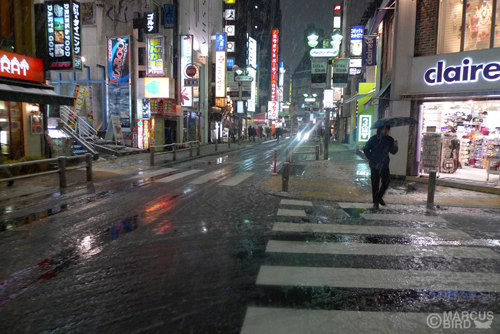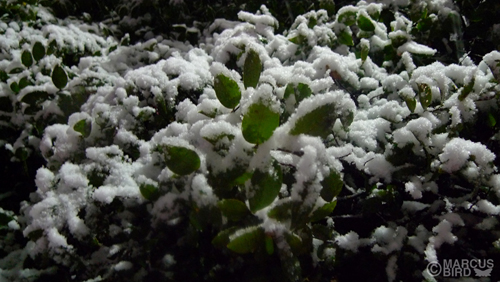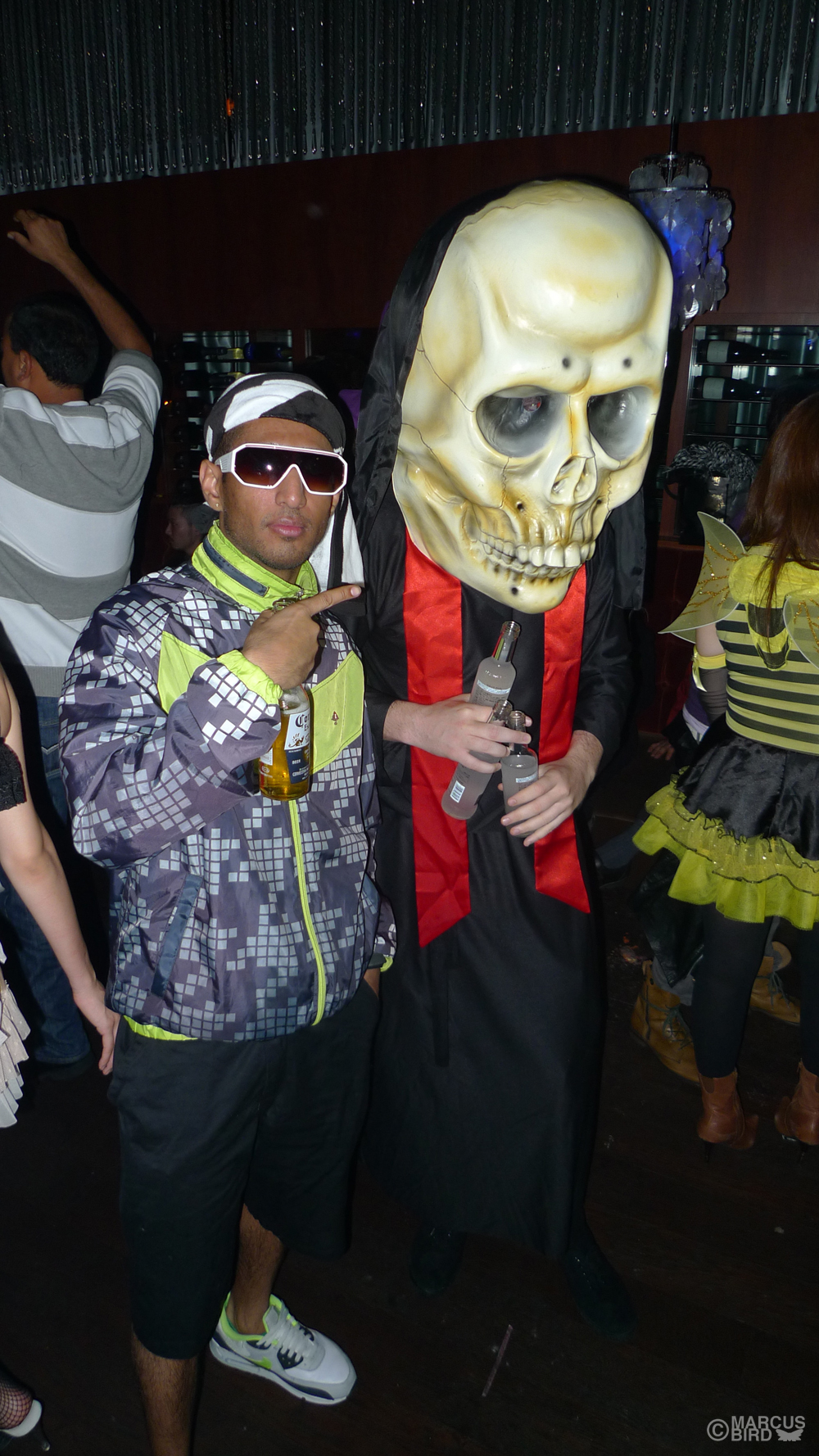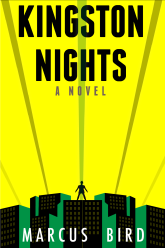With the recent mass of snow hitting Tokyo this year, I thought it fitting to share some pictures of my personal snowy experience when I was living in the city. All photos shot with a Lumix LX3.
Archive for February 2014
THROWBACK THURSDAYS: SNOWY TOKYO Leave a comment
HOW I DID IT: MAKING YOUR OWN WEB SERIES Leave a comment
I know I haven’t posted in a little while, been readjusting and mapping out the rest of the year, but I’ve wanted to make a blog post on “starting your own web series” for a long time and give some background as to how I do some of what I do, or at the very least, where I started. There is so much I want to share with people, and I’ve been trying to figure out where do I start? I’m one of those people that does writing, design, videography, photography, brainstorming you name it. Until I figure out a specific format for these posts, I’ll just put it under the tag: How I did It + topic.
So here’s how it goes.
1. GET A CAMERA WITH GOOD HD VIDEO AND A DECENT MIC

I was doing some research on the Cannes Film Festival and I found a simple video someone posted while they were walking along the strip. The clip had pretty good video quality. This was in 2009 right around the time the DSLR craze was starting to gain traction. I’d been writing a lot of essays on my main website at the time (www.jamaicaninjapan.com) and because of the variety of crazy scenarios I found myself in (without a camera on hand) I decided to purchase one, especially one that could shoot good video. I was determined to have to video look reasonably ‘clean’ and after seeing the video the young man posted on Cannes, I shot him an e-mail and found the camera he had used and got the same model. What I didn’t know was just how beastly this camera was. I went on to shoot productions with it in Japan, Egypt and Dubai. It also took pretty good pictures, which assisted greatly when I didn’t have my other camera (Nikon D40) with me. When I think about it now, I’ve used the camera in the cold of winter, and in 100+ degree weather (shooting all day with 8 gigs of memory and two batteries) and I had zero issues. The picture below is of me at the Valley of the Kings. See that terrain? Doesn’t get more “hardcore” than that in terms of heat and dust. Still gotta swag though 🙂
Now I must say at the time, I got EXTREMELY lucky with this camera. I was concerned mainly with video quality. I didn’t know much about audio quality or battery life or all that madness. I just wanted something that looked as clean as possible online. I lucked out because the Canon SD960is had very good battery life and a ridiculously clear microphone. In fact, when I bought my Canon 550d (t2i) sometime later in late 2010, I was shocked at how poor the audio was on the much more expensive camera. Remember, I used the tiny handheld camera to effortlessly get perfect audio in terrain like deserts (while running with it), inside clubs, crystal clear concert audio and interviews. If I didn’t destroy the camera right upon moving to Tokyo in early 2010, I might still be using it! (the camera fell from a significant height) Below are a few examples of what I shot with the camera.
2. KNOW YOUR THEME AND STICK TO IT
So my first web series was pretty abstract in terms of content (I would just shoot as I went along) but it was under the umbrella of “Jamaican in Japan” so for me it was mainly about my adventures if they happened to me. As long as I had my camera with me wherever I went, I could shoot some video get a few people on camera, chop up a video and then upload it to youtube. Eventually I tried experimenting with showing things like the Gundam Café in Tokyo, but I mostly kept it freestyle (meaning unscripted). When I did “Jamaican in Egypt” which is pretty explanatory, I did it more documentary style. I explained where I was going, what I was doing and how I felt in the moment. It was also interesting to expand into another web series using the same equipment in different terrain. So sticking to “themes” allowed the audience to know what to expect.
3. DETERMINE THE QUALITY OF YOUR WEB SERIES AHEAD OF TIME
This is RIDICULOUSLY important. For me when I just started out, I found maintain the web series a bit stressful for one main reason:
I had not determined the lifespan of the webseries.
I shot so many videos that when I had about 500 gigabytes of unedited data, I felt like my head was going to melt. So many videos! Not enough time! Etcetera. What I should have done is mapped out exactly how many episodes I planned to shoot that related to the “theme” and then focus on a timeline for releasing them. So for example, say “Season One” of Jamaican in Japan has six episodes, then I would make sure to plan out those six episodes and focus on those ONLY. Then when I’m planning season two, I can figure out what to edit relative to what other data I had on my harddrive. In other words, if you are a serious filmmaker, you will always shoot more than you can realistically edit (if you are working a 9-5 like I was). Which brings me to my next and very important point.
QUALITY.
I wanted my first ever web series to look good right off the bat. I’d seen stuff online with grainy footage, shaky cameras and I didn’t want that. After researching some well shot videos online I decide I needed:
(a) An intro video of at least 15-30 seconds.
(b) Shots that were smooth and consistent
(c) Reasonable interaction with my target audience through speaking to the camera.
I’m a bit obsessive in this way, and because I didn’t know much about editing when doing my first webisode, it took me over 9 hours to edit my first 8 minute video. My first video ever edited is below:
(JIJ EPISODE 1)
At the time I was pretty happy with the quality and I experimented with adding music, getting people on camera and so forth. Based on the feedback I received many people thought I had a camera crew with me, even though It was me shooting the entire thing. Luckily for me, my next set of videos would be me on tour with Maxi Priest in Japan. Here I shot even more video and had to figure out stuff like “ a consistent narrative” and “creating a storyline that follows the action”. Regardless, I stepped up the quality for this as well, again, modeling TV/good webisodes. So essentially the quality of my production was pretty good. So good in fact that eventually I was able to broadcast this on TELEVISION. Again, my little Canon 960is with the onboard mic was good enough to be shown on TV. The camera was also very small and allowed me to bring it anywhere without any hassle, which can be a nightmare if you are roaming with a huge DSLR. Now I am not knocking owners of DSLRs, because i’ve used one for the past four years. I was saying relative to what I was trying to achieve initially, the camera was a better fit for “random street video”. For productions that require much sharper video with a more cinematic feel, the Canon 550d I purchased did the job well. So this falls back to “quality” because you must ask yourself, do you need the BEST video possible? or the BEST portability and GREAT video? Are you going to shoot your videos sitting down talking to the camera? Or will you be walking around town?
Walking around tends to require good image stabilization or very steady hands. Shooting on the fly requires more instinctive video capture, versus having a very obvious rig. So once the “quality” and “theme” of the web series are understood by you, you’ll have a good idea on how to move forward.
4. KNOW WHEN THE LIFESPAN ENDS TO HELP WITH CONSISTENCY.
Again this is important because like I said, when you have 500 gigabytes of video to be edited, it will most likely sit on your drive forever because you don’t want to edit it. This happened to me after going to Egypt. Between logging footage in Japan and then shooting about 70 gigabytes of video in Egypt, it took me almost two years to edit everything. I couldn’t handle the mental load of all the work I had to do. BUT, here’s what helped me get through editing my Egypt footage and helped set the standard for some future productions:
1. The Egypt videos were finite. Meaning, I went to Egypt for 2 weeks. First I was in Cairo, then Luxor, then Aswan, then went back to Cairo and then left Egypt. The flow of my trip was pretty linear and I could see where the series “ended”. This allowed me to easily map out 8-10 episodes, since each episode centered around going to an ecological site or some cool place for the day. So I had my “Old Cairo” episode, my “Giza Pyramids” episode, and so on. So I was able to structure my episodes according to a timeline and then release them accordingly. This structure can be used for almost ANY web series.
SO I SUGGEST: make a list of episodes you want to shoot with the titles and the nature of the content explained. Make a timeline to shoot them. Shoot them, then make a timeline to release each episode (say one per week at 5-8 minutes per).
Again, I was pretty “gung ho” and what I did which caused me some misery was shoot too much footage. Generally this isn’t a bad thing, but eventually I learned to shoot less of certain things and more of certain things, which I will get into when I talk about workflow.
5. FIGURE OUT YOUR WORKFLOW
Workflow is extremely important. It is basically the entire process of getting the video made then uploading it to Youtube in the most efficient manner possible. So if shooting, editing and uploading one video of your web series takes you a month at a time, your workflow isn’t very efficient, especially if your video is only 5 minutes long. Video bloggers usually have it easier in this regard because they sit in front of a camera and do one continuous video, where they cut out parts they don’t like. This makes it super easy for people to upload several videos per week in this manner. Some people don’t even need to edit their videos and upload them directly after recording them, which gives them a high speed workflow. For something more involved like say, a travel video a fast workflow is also possible depending on how one sets up their information and how good they are at editing.
So an example for me would be:
1. I go to a crazy party with some people and shoot footage on the way there, in the club, at a restaurant after and then some clips of me going home drunk.
2. I copy the footage to my computer/harddrive.
3. I go into Final Cut pro and lay out the files in an order I want to edit.
4. I spent say 1-3 hours making the edit.
5. If I am satisfied with the edit, I add the intro credits and end material (stuff saying I shot and edited it)
6. I export the video from Final Cut pro (usually in Quicktime format)
7. I upload this to youtube.
I might post another article on how to develop a blindingly fast workflow, but this is already pretty long so I won’t go so far.
6. LAST TIPS ON BEING OBSESSIVE & RELATIVE USE OF EQUIPMENT
Obsessing about relative quality only causes stress. I was obsessing because I wanted to give something special to the world, which I hope I did. Eventually, I didn’t worry as much and just put content out occasionally. What I recommend to people right now is just to know 90% of what they want to create, and make a first video and get feedback from people, particularly someone like me to give them tips on how to improve. Other than that, having something out there is better than having an unfinished product sitting on your harddrive for years. In fact, there are about 3 or 4 Jamaican in Japan episodes that never got uploaded because I was obsessing about the quality (which at the time was everything) but now I realize it is better to have more content out there than to worry about everything being top notch. Also the quality of what I was making was ‘decent’ anyways, so I had no idea who I was competing with.
So I started out with a small tiny handheld camera and I ended up moving to a DSLR. I have to admit, switching to a bigger camera was a nightmare. It had a terrible mic, terrible image stabilization , and a weak battery. Obviously the quality of videos looked gorgeous, but I didn’t feel quite the “journeyman” that I did when I could slip out my little Canon and start shooting video. However, you get a more professional look with a camera like that, but it isn’t as easy to be clandestine with the shooting. Either way, that’s pretty much the gist of how I started and a few things i’ve learned along the way.

























































